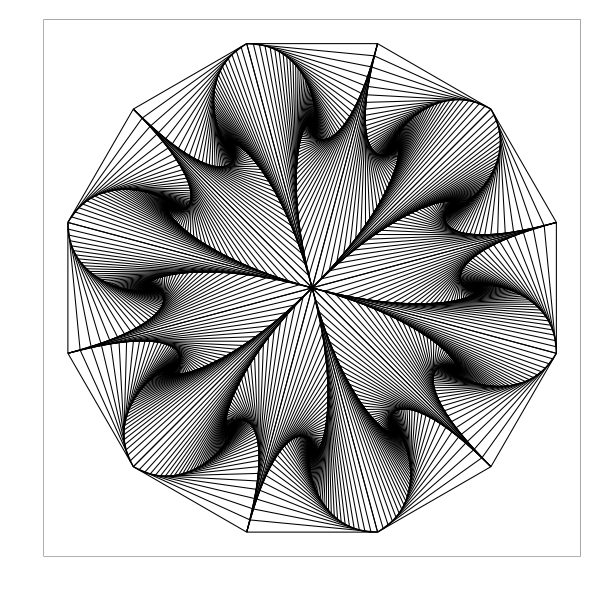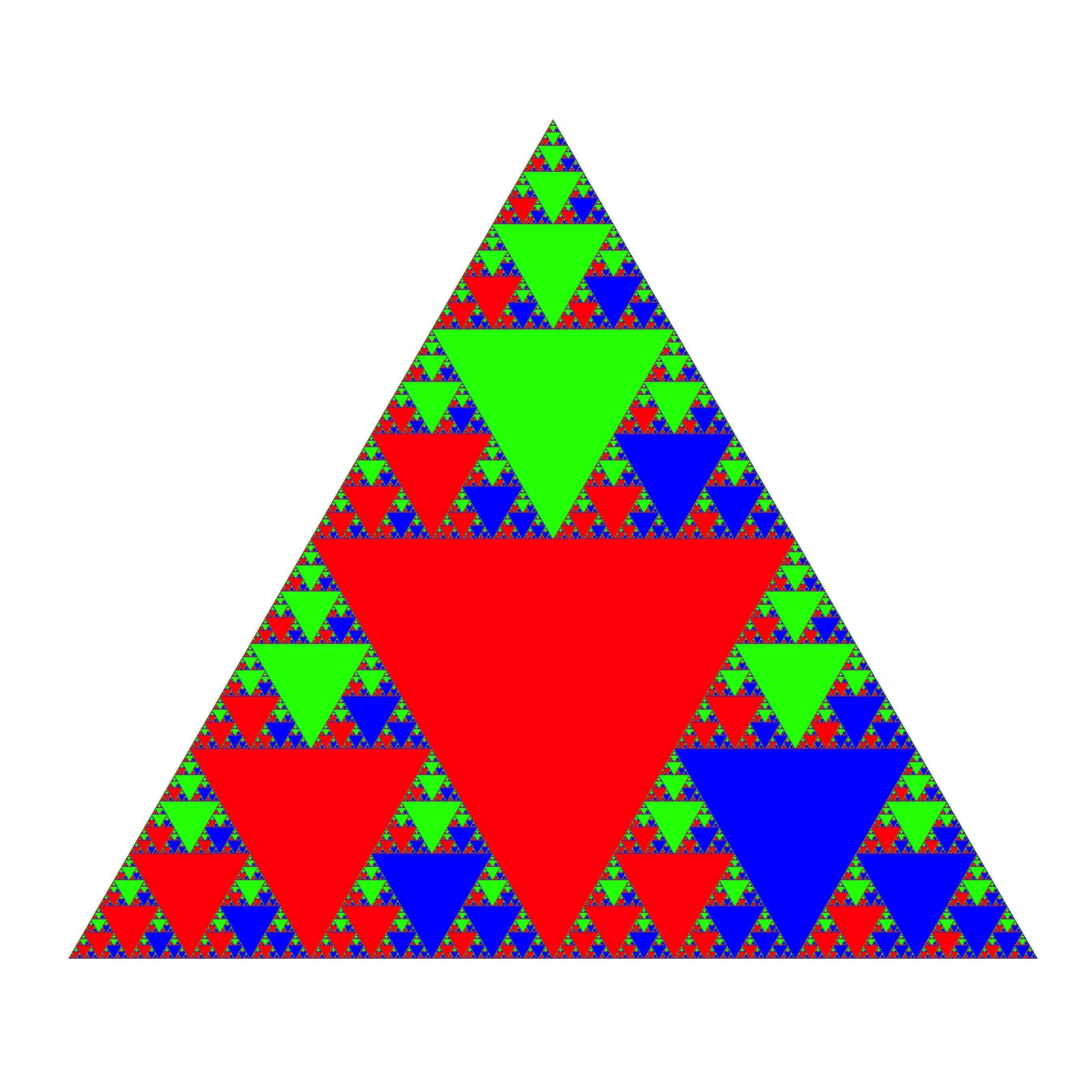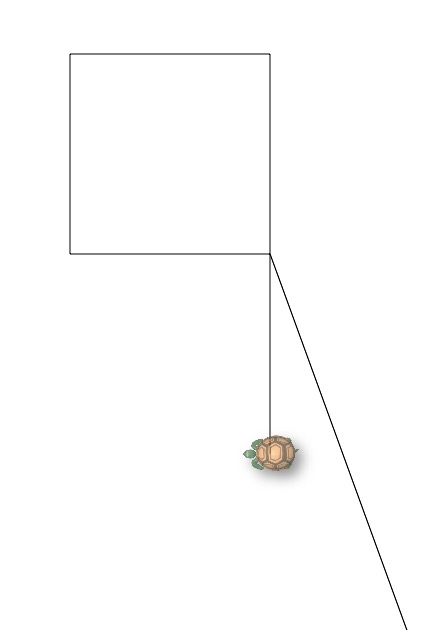I intended to write this a year ago, when Sadio Mane left Liverpool after six brilliant years at the club. There was much heartbreak among the club fan base about Mane leaving, and a lot of people saw it as a failure on the part of the management and ownership in terms of not being able to keep him.
Now, a year on, I admit that Darwin Nunez hasn’t quite set the club on fire (though I personally quite like him), but as a general principle, this kind of “freshening up” is a highly necessary process in a team, if you need to avoid stagnation.
A month or two back, I was watching some YouTube video on “Liverpool’s greatest Premier League goals against Manchester City” (this was just before the 4-1 hammering at the Etihad). As the goals were shown one by one, I kept trying to guess which season and game it was in.
There were important clues – whether Firmino wore 9 or 11, whether Mane wore 19 or 10, the identity of some players, the length of Trent Alexander Arnold’s hair, my memory of the scoreline from that game, etc. (Liverpool always wear the home Red at the Etihad, so the colour of the away kit wasn’t a clue).
However, for one goal I simply wasn’t able to figure out which season it was. There was TAA wearing 66, Fabinho, Henderson, the fab front three (Firmino-Mane-Salah, wearing 9-10-11 respectively) and Robertson. That’s when it hit me that for a fairly long time, a large part of Liverpool’s team had stayed constant! There was very little change at the club.
Now, there are benefits to having a consistently settled team (as the fabulous 2021-22 season showed), but there is also the danger of stasis. In something like football where careers are short, you don’t want the whole team “getting old together”. In the corporate world, people can get into too much of a comfort zone. And cynicism can set in.
Good new employees are always buzzing with ideas, fearless about what has been rejected before and who thinks how. As people spend longer in the organisation, though, colleagues become predictable and certain ways of doing things become institutionalised. Sooner than you know it, you would have become a “company man”, (figuratively) wearing the same white shirt and blue suits as your fellow company men, and socialising with your colleagues at the (figurative) company club.
There can be different kinds of companies here – some companies allow people to retain a lot of their individuality; and there the “decay” into company-manhood is slower. In this kind of a place, the same set of people can stay together for longer and still continue to innovate and add significant value to one another.
Other companies are less forgiving, and you very quickly assimilate, and lose part of your idiosyncrasy. Insofar as innovation comes out of fresh ideas and thinking and unusual connections, these companies are not very good at it. And in such companies, pretty much the only way to keep the innovative wheel going and continue to add value is by bringing in fresh blood well-at-a-faster-rate.
Putting it another way, if you are a cohesive kind of company, some attrition may not actually be a bad thing (unless you are growing rapidly enough to expand your team rapidly). To grow and innovate, you need people to think different.
And you get there either by having the sort of superior culture where existing employees continue to think different long after they’ve been exposed to one another’s thoughts; or by continuing to bring in fresh employees.
There is no other way.





